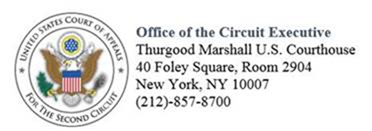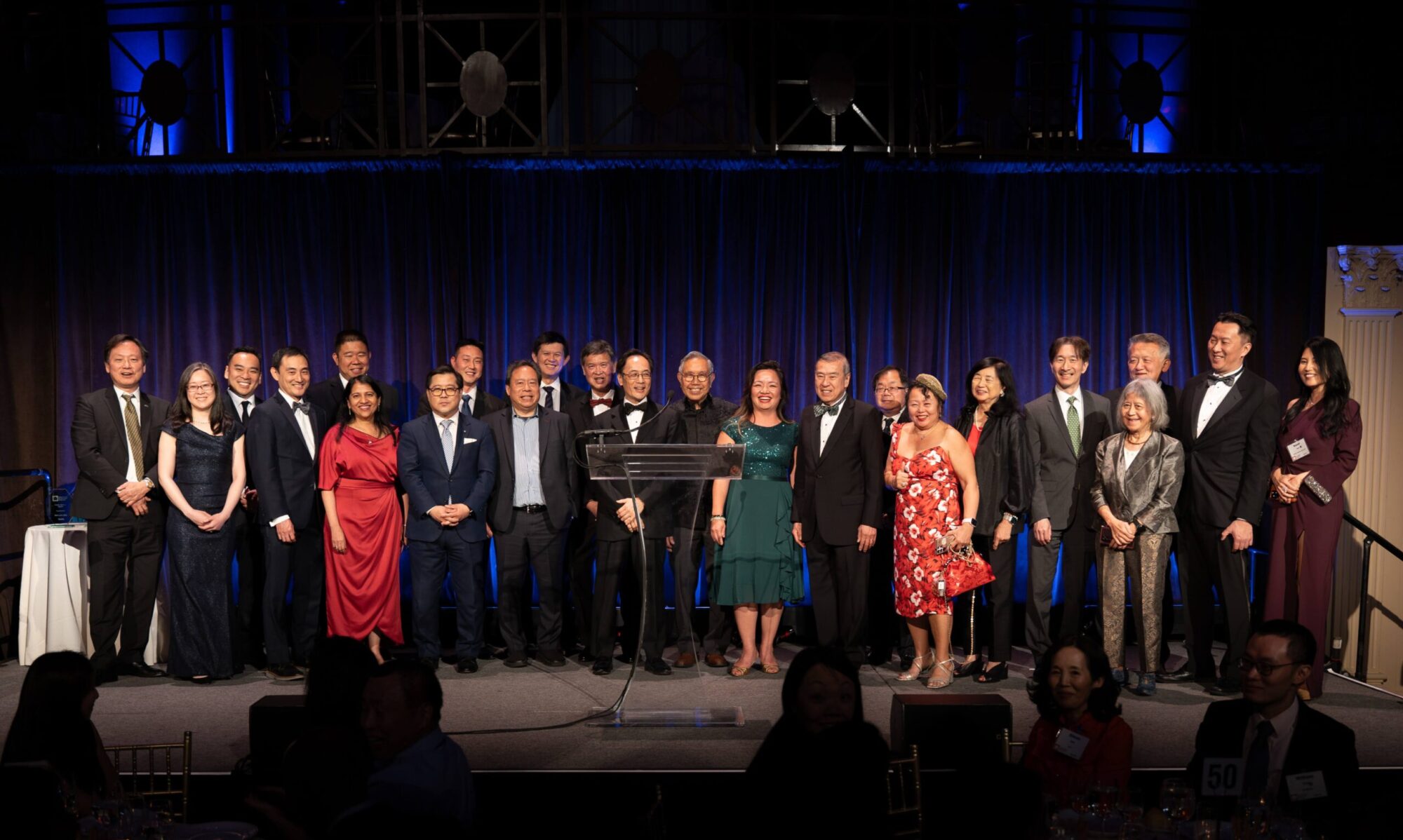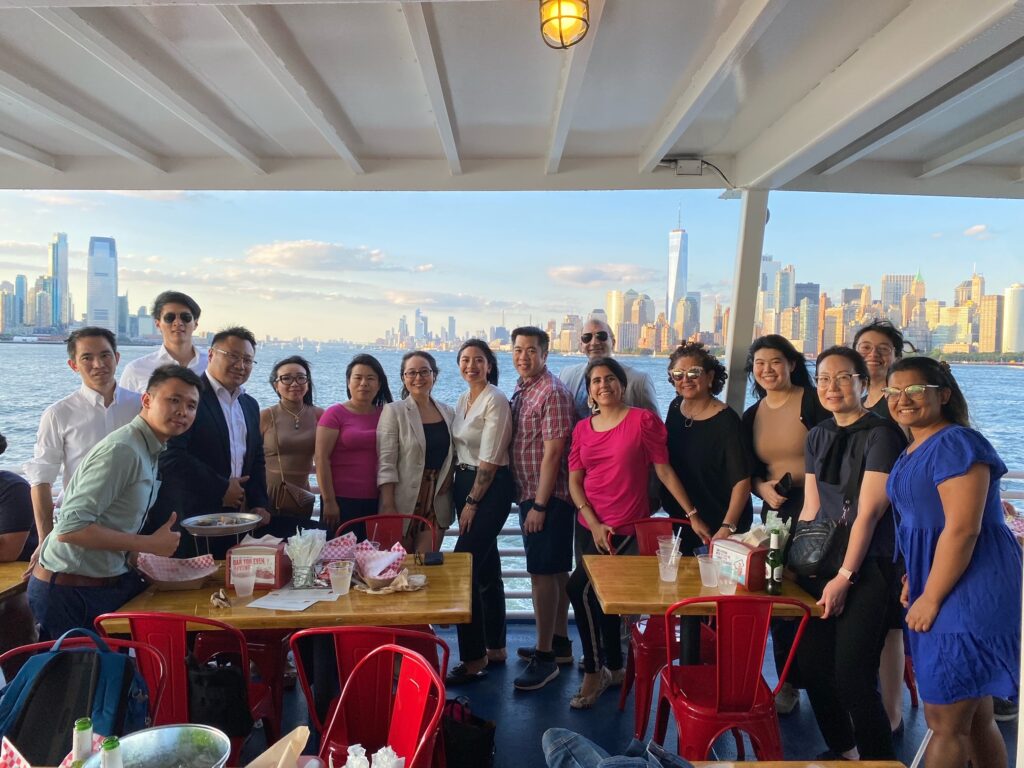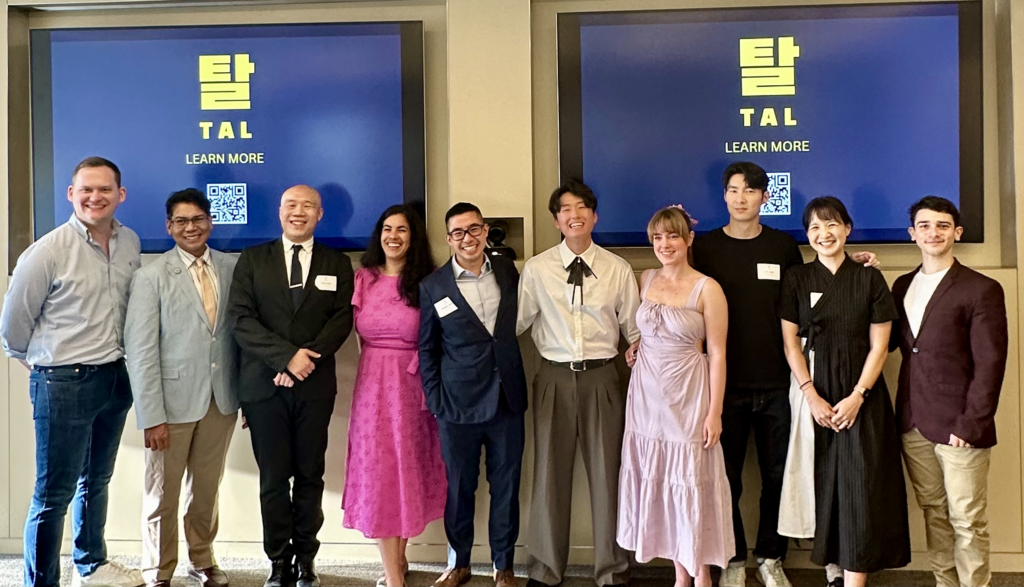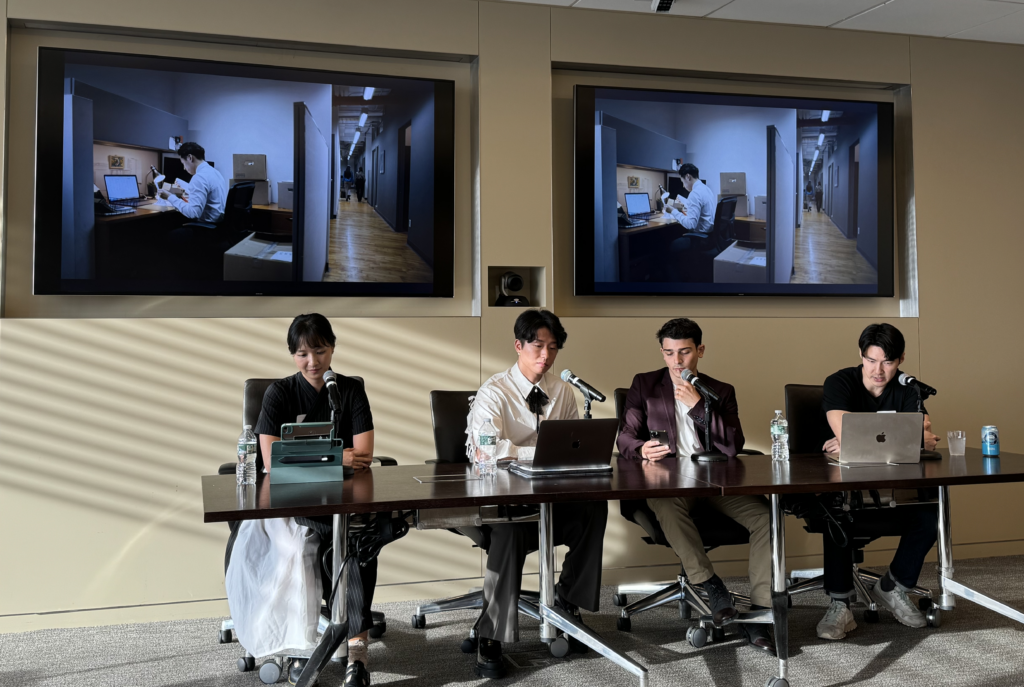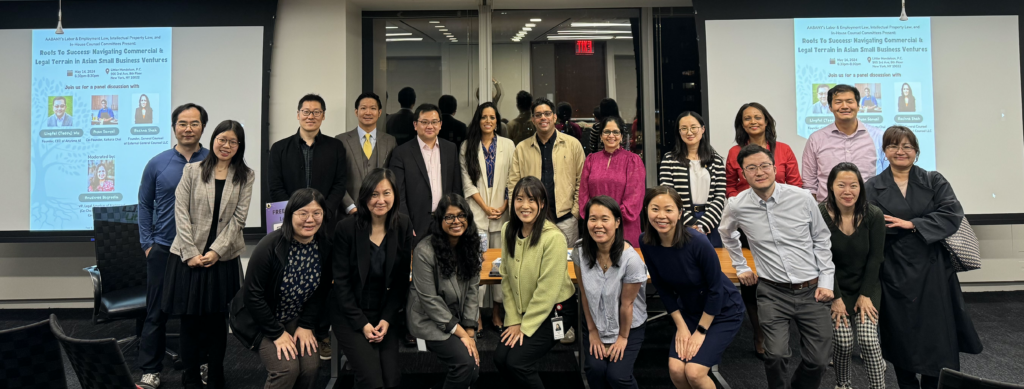
On Wednesday, January 15, 2024, two dozen people braved the chilling morning winds of Times Square to join a prayer walk commemorating the anniversary of the death of Michelle Alyssa Go.
Three years before, on an early Saturday morning, as Michelle stood near the edge of the downtown R subway platform, Martial Simon charged toward her and pushed her to her death onto the front of an oncoming train. Simon, a 61-year-old homeless man with a history of schizophrenia and prior arrests was charged with second-degree murder for Michelle Go’s death.
Simon was found mentally unfit to stand trial and has been incarcerated at Kirby Forensic Psychiatric Center, a maximum-security state psychiatric institution. Doctors have been treating Simon and in April 2024, he passed a mental health evaluation. However, he refused to take medications after being moved to Rikers Island. When brought into court on April 30, 2024, Simon began yelling uncontrollably and was removed from the courtroom. Simon has since been incarcerated at Kirby.
Participants in the walk included Justin Go, the father of Michelle, and Michelle’s brother, Jefferey Go, who both live in California and had flown to New York City the weekend before. A number of the walkers were AABANY members, including Jennifer Wu and Larry Wee, Board Directors of AABANY, who have devoted much time assisting victims and the families of victims of anti-Asian violence in New York City; Marilyn Go (no relation to Michelle), retired U.S. Magistrate Judge and former AABANY Board member, helped organize the prayer walk for this year’s commemoration, as well as walks on the first and second anniversaries of Michelle’s death. Also participating in the walk were community organizer Liz Ouyang and members of the Manhattan District Attorney’s Office.
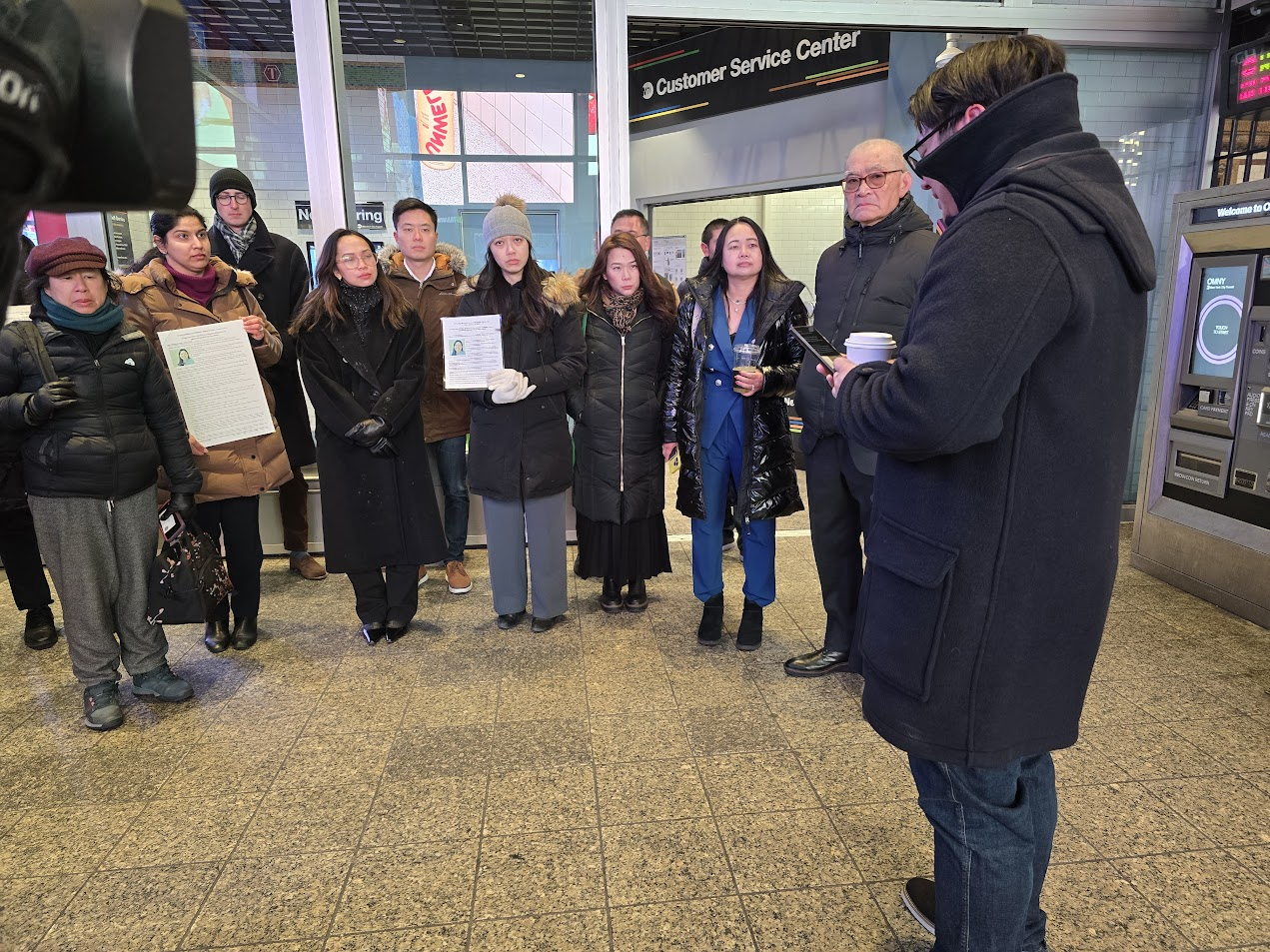
The walk began shortly after 10 a.m. with Reverend Cristobal Tong, a Pastor at 3Stone/NYCAC welcoming the group and saying a prayer in remembrance of Michelle. Rev. Tong then led the group to the R subway station, walking down Broadway and entering the station at the 42nd Street entrance. After going down the escalator and praying, the group walked down the stairs to pray on the platform where Michelle was standing when pushed by Simon.
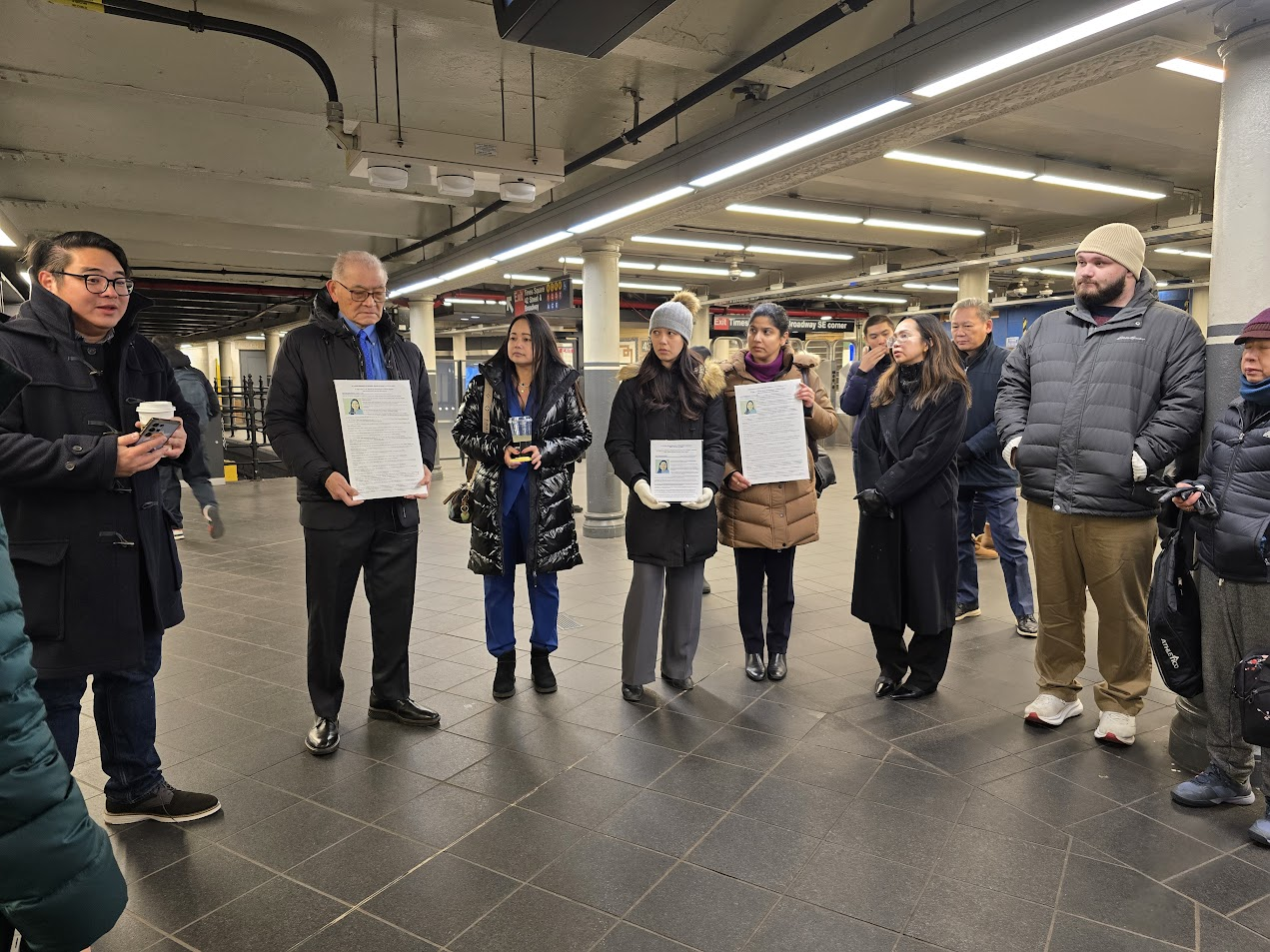
Michelle Go, only 40 at the time of her death, was beautiful, bright, and kind. She earned an M.B.A. from the New York University Stern School of Business. She worked first at Barclays Capital and then joined Deloitte, where she concentrated on mergers and acquisitions. A member of the Junior League, she volunteered for over ten years to help the poor and homeless before her senseless death.
The killing of Michelle Go has impacted many residents of New York City in many ways, including raising fears that they could be the next victim of random violence. For Asian Americans, such fears are heightened given the dramatic rise in anti-Asian violence and hate since 2020, as documented in two reports issued by AABANY and the Asian American Law Fund of New York, A Rising Tide of Hate and Violence against Asian Americans in New York During COVID-19: Impact, Causes, Solutions, and Endless Tide: The Continuing Struggle to Overcome Anti-Asian Hate in New York. Although the NY Police Department officer did not check the box that this killing was a hate crime in his crime scene report, Simon admitted when he voluntarily surrendered to the police that he was aware of Michelle’s race.
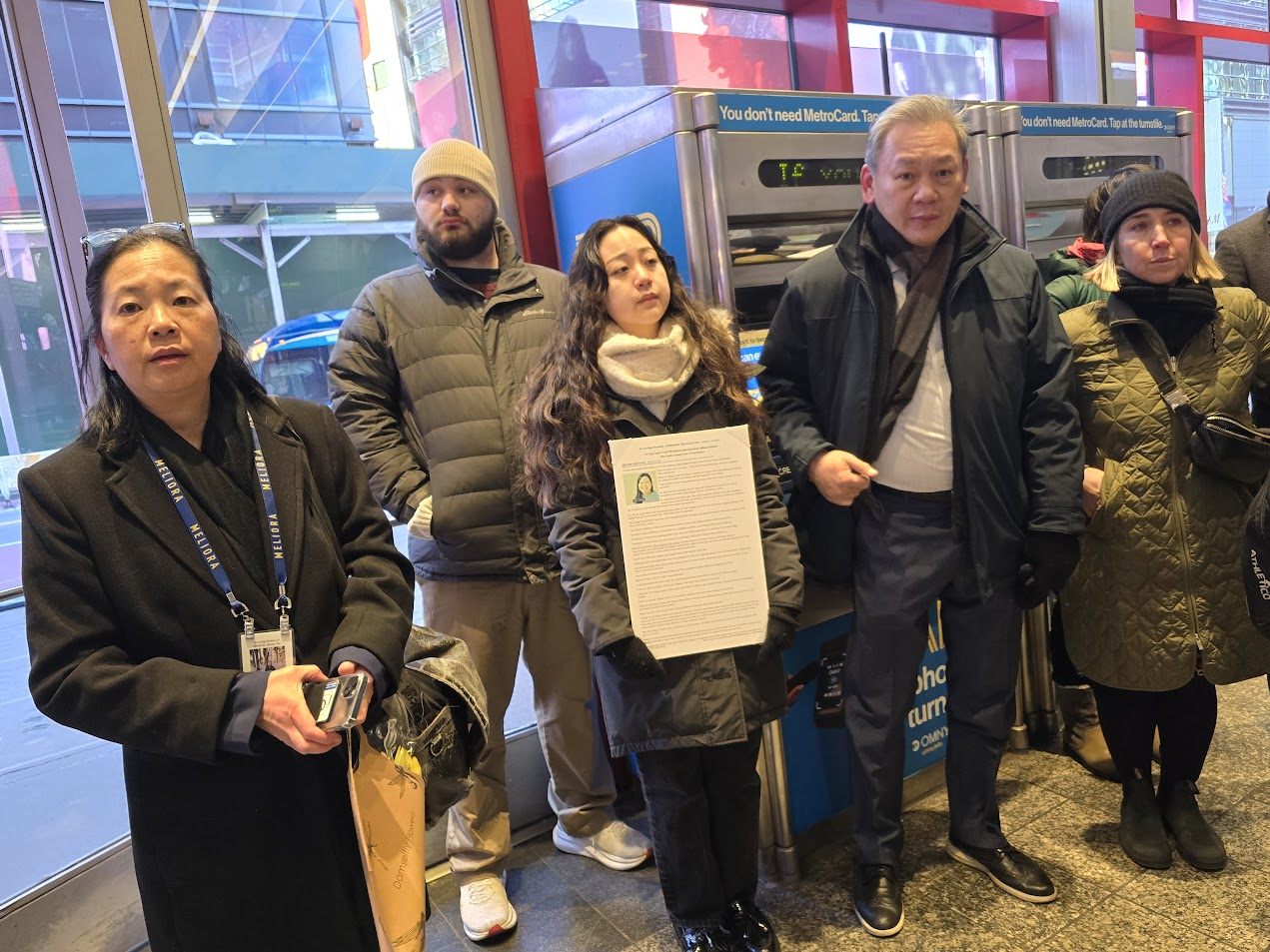
Moreover, the status of the trial of Simon for Michelle’s murder raises the troubling question why was he released from a psychiatric institution in the first place? Referring to Michelle’s case, Governor Hochul in her State of the Union address on January 14 announced that she is trying to expand mental health treatment and strengthen security as part of efforts to allay fears of crime.
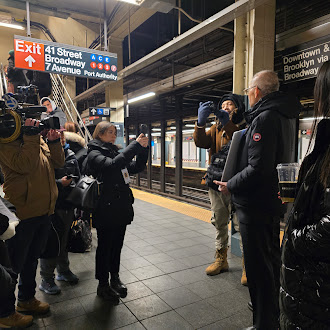
As seen in this ABC News report featuring the prayer walk, the prosecution is determined to bring Simon to trial. The rest of us, including those of us on the walk, can only pray that justice will be achieved.
— Written by Marilyn D. Go
